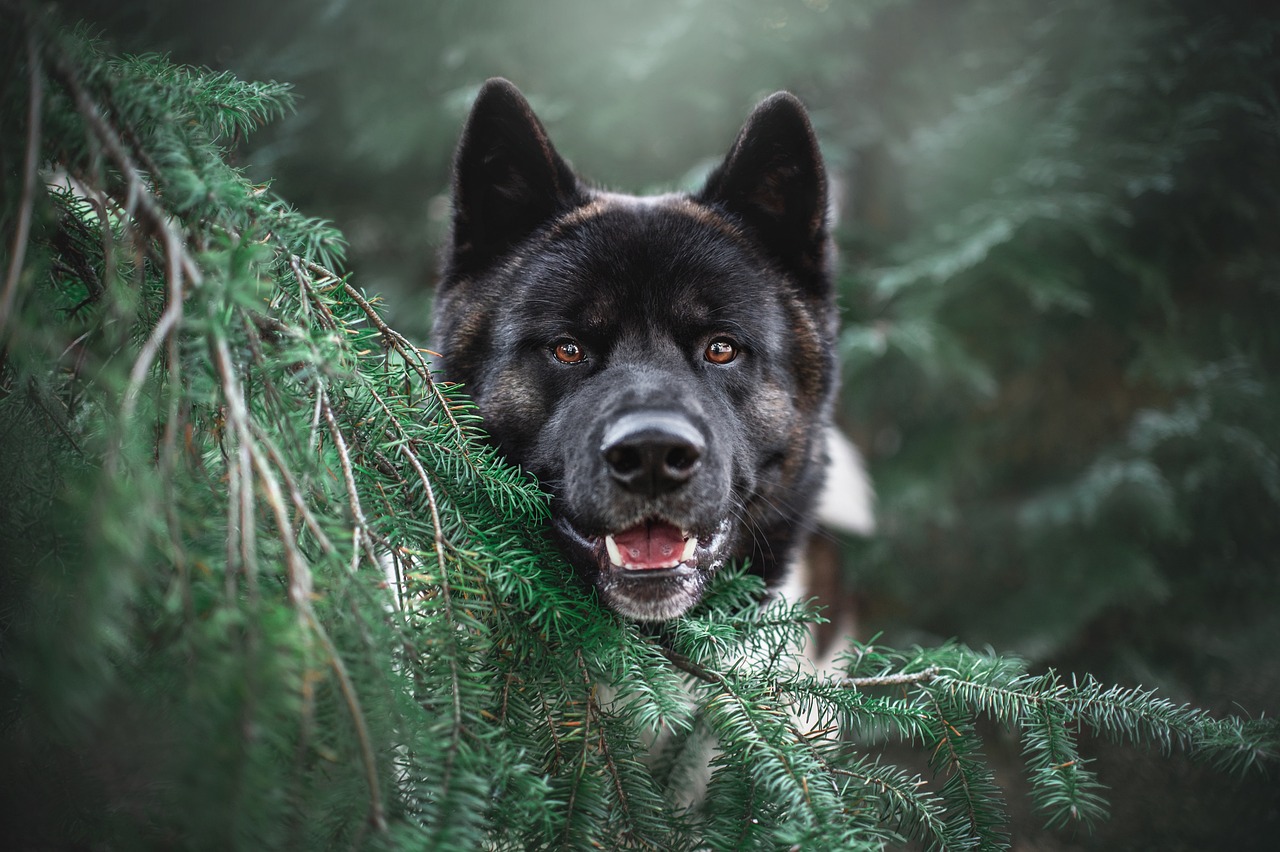This article delves into the fascinating world of large dog breeds known for their powerful bites. By examining their anatomy, strength, and temperament, we aim to provide valuable insights into the breeds that dominate the list of canine strength.
The Science of Dog Bite Force
Understanding how bite force is measured is crucial. Factors such as jaw structure, muscle development, and the breed’s overall size contribute significantly to a dog’s ability to exert pressure. These elements are essential for appreciating why certain breeds are renowned for their formidable bites.
Top Large Dog Breeds with Powerful Bites
| Breed | Bite Force (PSI) | Characteristics |
|---|---|---|
| Kangal | 743 | Known for its protective nature and loyalty. |
| Mastiff | 556 | Gentle giants with a strong guarding instinct. |
| Rottweiler | 328 | Loyal companions with confidence and strength. |
| American Bulldog | 305 | Muscular build with a reputation for reliability. |
The Role of Bite Force in Dog Behavior
Bite force can significantly influence a dog’s behavior and training. Understanding how to manage a dog’s strength is essential for responsible ownership. This ensures that these impressive breeds can be safe companions.
Factors Influencing Bite Strength
- Jaw Structure: A broader jaw allows for greater pressure during a bite.
- Muscle Development: Strong muscles enhance a dog’s ability to bite hard.
Training and Socialization for Powerful Breeds
Effective training and socialization are vital for large breeds with strong bites. Proper guidance helps ensure these dogs are well-adjusted and safe around families and other pets.
Understanding Bite Statistics and Safety
Statistics on dog bites highlight the importance of responsible ownership. Awareness of potential risks associated with powerful breeds can lead to safer environments for both dogs and families.
Conclusion: The Balance of Strength and Care
While large dog breeds with powerful bites can be impressive, responsible ownership and training are paramount. Understanding their capabilities and needs fosters a harmonious relationship between these dogs and their families.
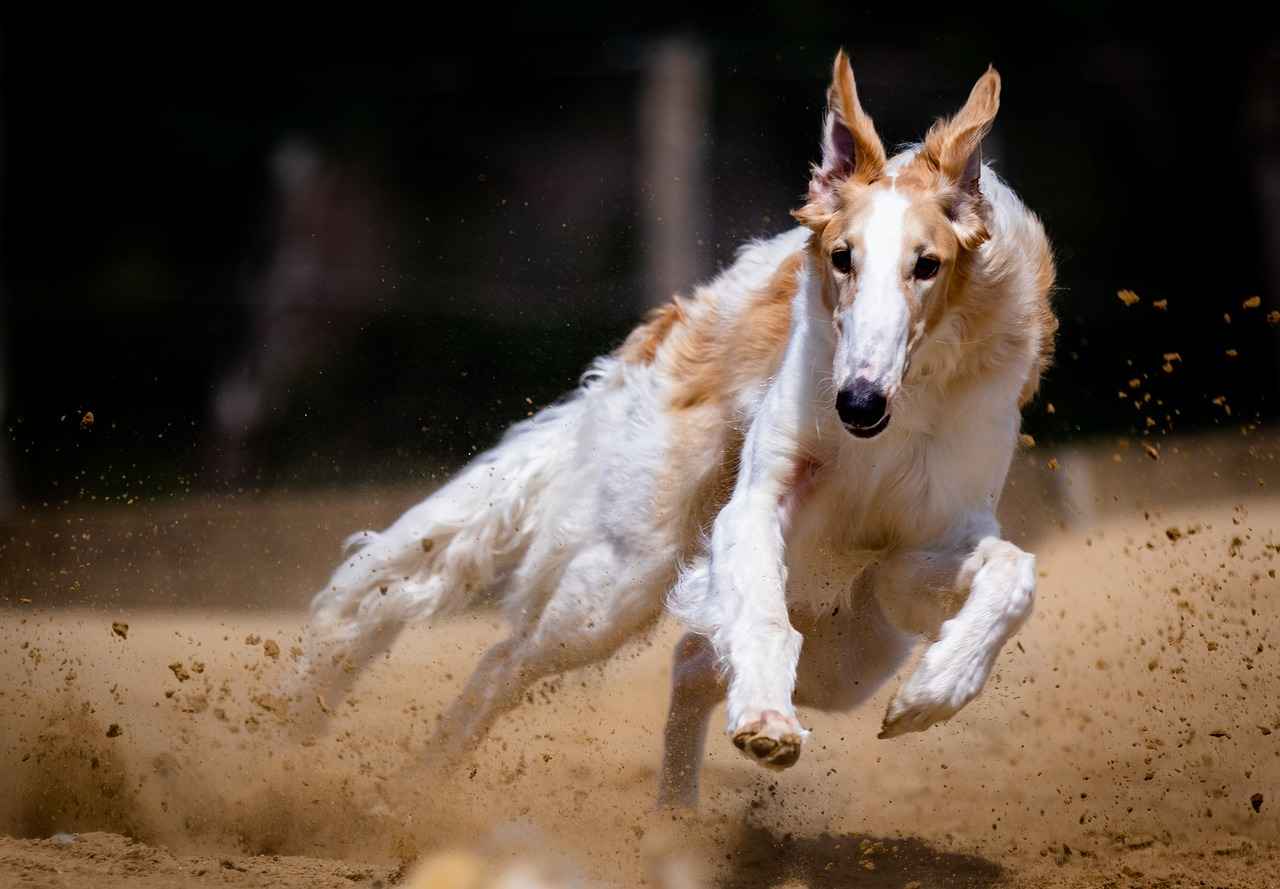
The Science of Dog Bite Force
The science of dog bite force delves into the intricate mechanics of how dogs exert pressure with their jaws. Understanding this concept is crucial for dog owners, trainers, and enthusiasts alike, especially when considering large breeds known for their powerful bites. Various factors contribute to a dog’s ability to generate significant bite force, including anatomical structure, muscle composition, and even behavioral traits.
When measuring bite force, the unit of measurement is often expressed in pounds per square inch (PSI). This quantification allows for a clearer comparison between different breeds. For instance, the Kangal breed is renowned for its exceptional bite strength, reaching an astounding 743 PSI. In contrast, other breeds like the Rottweiler and American Bulldog exhibit bite forces of approximately 328 PSI and 305 PSI respectively.
Several key factors influence a dog’s bite strength:
- Jaw Structure: The anatomy of a dog’s jaw significantly affects its biting capability. Breeds with wider, more robust jaws can apply greater pressure when biting.
- Muscle Development: A dog’s muscle mass, particularly in the jaw and neck regions, contributes to its overall biting power. Well-conditioned muscles allow for a more forceful bite.
- Size and Weight: Larger dogs generally possess greater bite strength due to their overall physicality, which supports a more powerful jaw.
- Temperament: A dog’s behavior can also play a role in its biting force. Dogs that are more aggressive or protective may exert more pressure when they bite.
Understanding these elements not only highlights the impressive capabilities of large dog breeds but also emphasizes the importance of responsible ownership and training. Owners of powerful breeds must be aware of their dogs’ potential and ensure proper socialization and training to mitigate any risks associated with their bite force.
In conclusion, the science of dog bite force is a fascinating area that combines biology, behavior, and ownership responsibility. Recognizing the factors that contribute to a dog’s biting capability can lead to a better understanding of these magnificent animals and promote safer interactions between dogs and humans.

Top Large Dog Breeds with Powerful Bites
This section explores some of the most notable large dog breeds recognized for their impressive bite strength. These breeds not only exhibit remarkable physical characteristics but also possess a bite force that can be quite formidable. Understanding these breeds helps potential owners appreciate their capabilities and responsibilities.
| Breed | Bite Force (PSI) | Characteristics |
|---|---|---|
| Kangal | 743 PSI | The Kangal is renowned for its protective nature and loyalty. Its powerful bite makes it an exceptional guardian. |
| Mastiff | 556 PSI | Known as gentle giants, Mastiffs are both affectionate and strong, making them excellent family pets. |
| Rottweiler | 328 PSI | Rottweilers are confident and loyal, often used in various working roles due to their strength and intelligence. |
| American Bulldog | 305 PSI | This breed is known for its muscular build and tenacity, making it a reliable companion and protector. |
Understanding the bite force of these breeds is crucial for responsible ownership. Each of these dogs, while powerful, requires proper training and socialization to ensure they are well-adjusted members of the family. Their strong bite can be a reflection of their protective instincts, and with the right guidance, they can be both safe and loving companions.
In conclusion, large dog breeds with powerful bites have unique characteristics that make them stand out. By appreciating their strength and understanding their needs, owners can foster a harmonious relationship with these impressive canines.
1. Kangal
The Kangal is often recognized as one of the most powerful dog breeds in the world, particularly noted for its extraordinary bite force. With a bite strength that can reach an astonishing 743 PSI (pounds per square inch), the Kangal stands out as a formidable protector. This impressive force is not just a number; it reflects the dog’s physical capabilities and its role as a guardian.
Originating from Turkey, the Kangal is primarily bred for livestock protection. Its robust build, strong jaw structure, and powerful muscles contribute significantly to its bite strength. The breed is characterized by a large head, a broad muzzle, and a strong neck, all of which enhance its ability to exert pressure when necessary. Beyond physical attributes, the Kangal’s temperament plays a crucial role in its effectiveness as a protector. They are known for their loyalty and intelligence, making them not only strong but also trainable companions.
In terms of behavior, the Kangal is typically calm and protective, displaying a natural instinct to guard its family and territory. This breed requires proper training and socialization from an early age to ensure that its protective instincts are well-directed. Without adequate training, their strength and protective nature can lead to challenges in behavior.
Moreover, the Kangal’s bite force has been a topic of interest among dog enthusiasts and researchers alike. Studies have shown that bite force can be influenced by several factors, including jaw structure and muscle development. The Kangal’s wide jaw and powerful muscles provide it with the capacity to deliver a bite that is not only strong but also effective in deterring potential threats.
In conclusion, the Kangal is a remarkable breed that exemplifies strength, loyalty, and protective instincts. Understanding the capabilities of the Kangal, especially its impressive bite force, is essential for responsible ownership. With proper training and socialization, the Kangal can be a loving family member while still serving its purpose as a protector.
2. Mastiff
Mastiffs are truly remarkable canines, renowned for their massive size and impressive strength. With an average bite force of around 556 PSI, these dogs are often described as gentle giants, displaying a calm demeanor that belies their formidable power. Their loyal nature makes them exceptional guardians, dedicated to protecting their families.
Originating from ancient breeds, Mastiffs have a rich history as war dogs and protectors. Their imposing stature and muscular build not only contribute to their strength but also to their ability to deter potential threats. Despite their intimidating appearance, Mastiffs are known for their gentle temperament when properly socialized and trained.
These dogs typically weigh between 120 to 230 pounds, making them one of the largest dog breeds. Their large frame requires proper care, including a balanced diet and regular exercise, to maintain their health and well-being. Mastiffs thrive in a family environment where they can receive affection and attention.
In terms of training, consistency and positive reinforcement are key. Mastiffs respond well to gentle guidance and can be taught a variety of commands and tricks. Early socialization is crucial to ensure they are well-adjusted and comfortable around other animals and people.
In conclusion, while Mastiffs possess a powerful bite and a commanding presence, their gentle nature and loyalty make them beloved family pets. Understanding their needs and characteristics is essential for any potential owner, ensuring a happy and harmonious relationship.
3. Rottweiler
The Rottweiler is a breed that embodies both loyalty and strength, making it a popular choice among dog enthusiasts. With a bite force of approximately 328 PSI, Rottweilers are not only powerful but also incredibly confident in their abilities, which makes them exceptional working dogs. Originally bred to drive cattle and pull carts, their versatility has allowed them to excel in various roles, including search and rescue, therapy, and as police dogs.
Rottweilers are known for their intelligence and trainability. They thrive in environments where they can engage in physical and mental activities, making them suitable for various dog sports and obedience training. Their strong bite force is a result of their robust jaw structure and well-developed muscles, which are essential for their historical roles as protectors and workers.
In terms of temperament, Rottweilers are typically confident and courageous, often displaying a protective nature towards their families. They are known to be affectionate with their owners, but proper socialization is crucial to ensure they are well-adjusted and comfortable around strangers. Early training and exposure to different environments will help mitigate any potential aggression and promote a balanced demeanor.
It is important to note that while Rottweilers possess a powerful bite, responsible ownership is key. Understanding their strength and providing proper training will help ensure they are safe companions. Regular exercise, mental stimulation, and positive reinforcement training methods will contribute to a well-rounded and happy Rottweiler.
In conclusion, the Rottweiler is a remarkable breed that combines loyalty, strength, and intelligence. Their powerful bite and confident nature make them excellent working dogs, but they require dedicated training and socialization to thrive as family pets.
4. American Bulldog
The American Bulldog is a breed that stands out not only for its physical appearance but also for its impressive bite force, which measures around 305 PSI. This powerful bite is a testament to their robust and muscular build, making them formidable companions and protectors.
Originating from the working dogs of the American South, the American Bulldog was bred for strength and agility. Their tenacity and loyalty further enhance their reputation as reliable dogs, often serving as excellent family pets and guardians. With a strong, athletic physique, these dogs are not only capable of exerting significant bite force but also excel in various physical activities, including agility and obedience training.
In terms of temperament, American Bulldogs are known for their intelligence and trainability. They thrive in environments where they can engage in physical and mental challenges. Proper training and socialization are crucial, as they can exhibit protective instincts. However, with consistent guidance, they can be well-adjusted and friendly companions.
When considering an American Bulldog, potential owners should be aware of their exercise needs. Regular physical activity is essential to keep these dogs healthy and happy. Their strong bite force, combined with their playful nature, makes them well-suited for families who can provide them with the attention and care they require.
In conclusion, the American Bulldog’s remarkable bite force of 305 PSI reflects their strength and reliability as both working dogs and family pets. With the right training and socialization, they can be loving companions that are as gentle as they are strong.
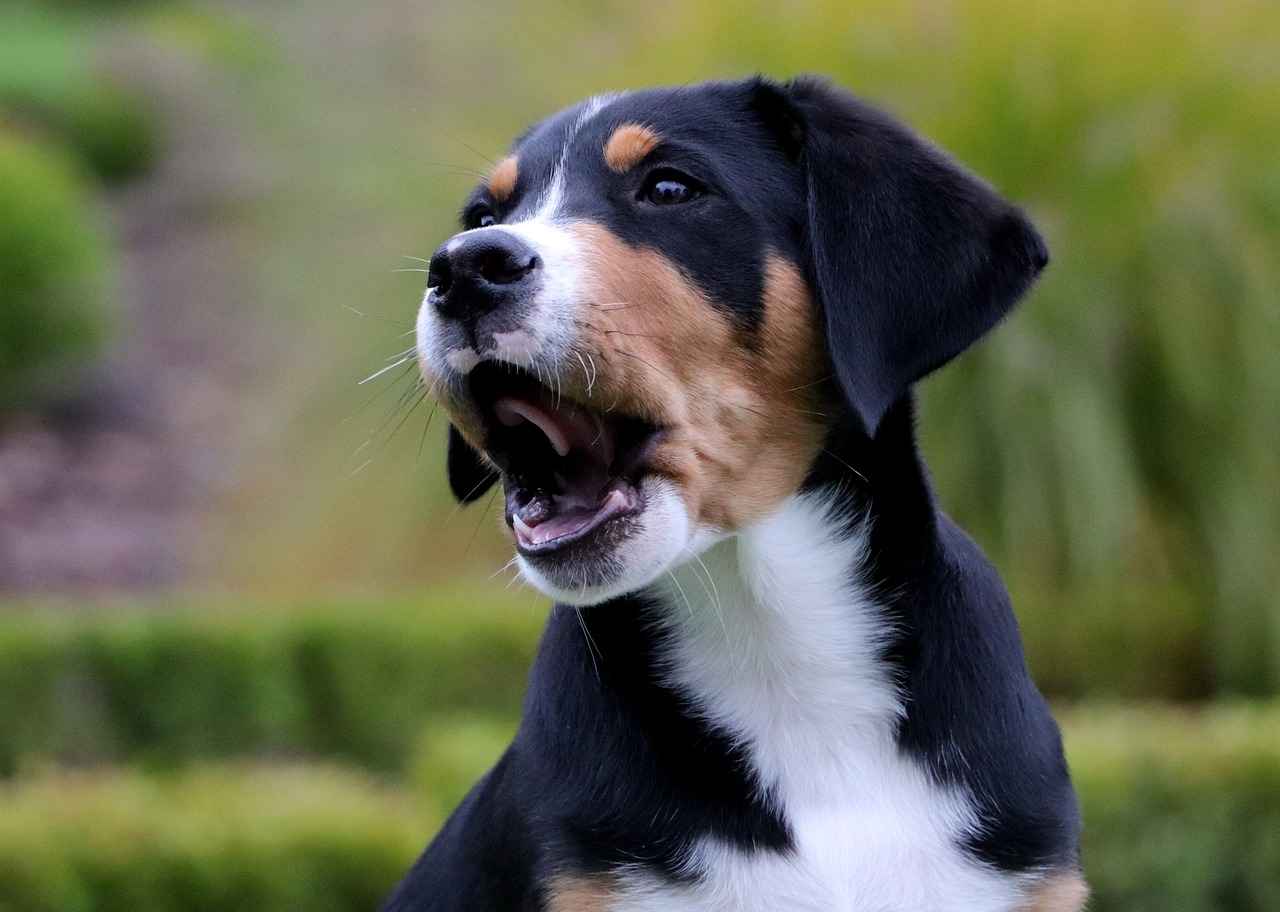
The Role of Bite Force in Dog Behavior
Bite force is a significant factor that can influence a dog’s behavior and training. Understanding the implications of a strong bite is crucial for responsible ownership and training practices. A dog’s bite force can affect how they interact with their environment, other animals, and humans. This understanding is essential for dog owners to ensure safety and promote positive behavior.
Dogs with powerful bites often require specialized training and socialization to manage their strength effectively. Owners must be aware of the potential risks associated with strong bite forces, particularly in breeds known for their aggressive tendencies. Here are some key points to consider:
- Behavioral Implications: Dogs with high bite force may exhibit dominance or protective behaviors. Understanding these traits can help owners train their dogs to be well-mannered companions.
- Training Techniques: Positive reinforcement methods are crucial when training strong breeds. These techniques can help mitigate aggressive tendencies and promote calm behavior.
- Socialization Importance: Early socialization is vital for large breeds. Exposing them to various environments, people, and other animals can reduce anxiety and aggression.
Moreover, responsible ownership involves recognizing the responsibility that comes with having a dog capable of exerting significant bite force. Owners should:
- Invest time in training and socialization.
- Provide consistent and clear commands.
- Monitor interactions with children and other pets.
In conclusion, understanding the role of bite force in a dog’s behavior is essential for any potential dog owner, especially those considering large breeds. By recognizing the implications of a strong bite and implementing effective training strategies, owners can foster a safe and harmonious environment for their pets and families.
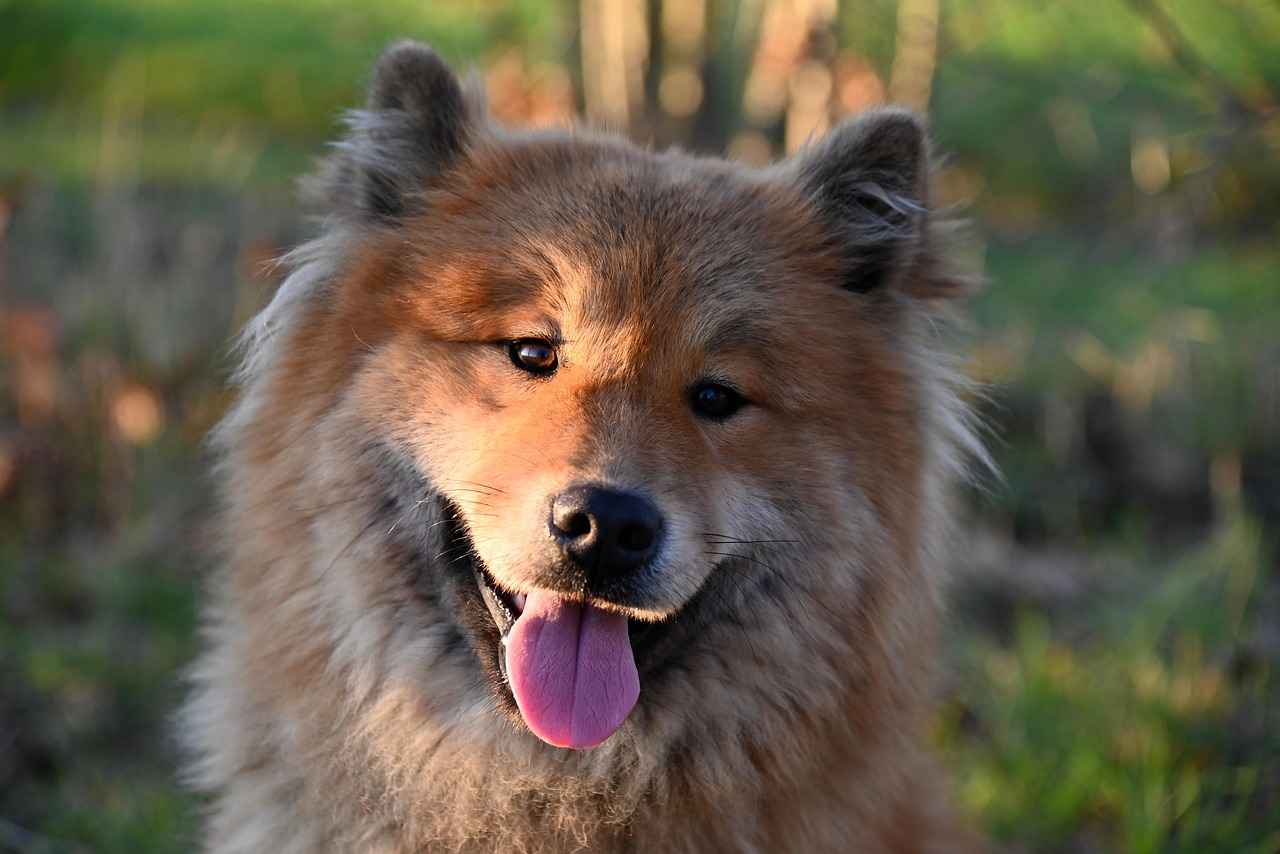
Factors Influencing Bite Strength
Understanding the factors that influence a dog’s bite strength is crucial for appreciating their capabilities and ensuring responsible ownership. Several anatomical and physiological elements play a significant role in determining how much pressure a dog can exert with its bite. Below, we explore these factors in detail.
- Size: The overall size of a dog is one of the most significant factors affecting bite strength. Larger breeds generally possess more muscle mass and larger jaws, allowing them to generate greater force. For instance, breeds like the Kangal and Mastiff benefit from their size, which contributes to their impressive bite force.
- Jaw Structure: The anatomy of a dog’s jaw is critical in determining its bite strength. Breeds with broader and more robust jaws can exert more pressure. The shape and alignment of the teeth also contribute to how effectively a dog can grip and hold onto its prey.
- Muscle Development: Strong, well-developed muscles in the jaw and neck areas directly correlate with a dog’s ability to bite hard. Dogs that engage in regular physical activity or specific training can develop stronger muscles, enhancing their bite force. This is particularly evident in working breeds that are trained for protection or herding tasks.
- Age and Health: A dog’s age and overall health can influence its bite strength. Younger dogs may have more energy and muscle tone, while older dogs might experience a decrease in muscle mass and strength due to aging or health issues. Maintaining a healthy diet and regular exercise can help mitigate these effects.
- Temperament: A dog’s temperament can also impact its bite strength. Aggressive or fearful dogs may bite harder due to stress or the instinct to protect themselves. Understanding a dog’s behavior is essential for managing its interactions with people and other animals.
In conclusion, several interconnected factors determine a dog’s bite strength, including size, jaw structure, muscle development, age, health, and temperament. By understanding these elements, dog owners can better appreciate the capabilities of their pets and ensure they are trained and socialized appropriately.
1. Jaw Structure
The jaw structure of dogs is a fascinating aspect of their anatomy that significantly influences their bite force. Various breeds exhibit different jaw designs, which directly correlate with their ability to exert pressure when biting. Understanding these differences can provide insights into the strength and functionality of different dog breeds.
Broadly speaking, dog jaws can be categorized into two main types: brachycephalic (short-nosed) and dolichocephalic (long-nosed). Each type has unique characteristics that affect bite force:
- Brachycephalic Breeds: These breeds, such as Bulldogs and Pugs, have wide, short jaws. While their bite force may not be the highest, they can exert significant pressure due to their unique jaw mechanics.
- Dolichocephalic Breeds: Breeds like Greyhounds and Collies possess long, narrow jaws. These dogs often have a stronger bite force relative to their size, allowing them to grasp and hold onto objects effectively.
Moreover, the muscle development surrounding the jaw plays a crucial role in determining how much force a dog can apply when biting. Breeds with well-defined jaw muscles, such as Rottweilers and Mastiffs, tend to exhibit a higher bite force. This muscle mass aids in generating power during a bite, enabling these dogs to perform tasks that require strength, such as protection work or hunting.
In addition to jaw structure and muscle development, the overall size of the dog also contributes to bite strength. Larger breeds typically have more robust jaws and stronger muscles, allowing them to exert greater force. This is particularly evident in breeds like the Kangal, known for having the strongest bite force among all dog breeds.
In conclusion, understanding the complexities of jaw structure and its impact on bite force is essential for dog owners and enthusiasts. This knowledge not only helps in appreciating the physical capabilities of different breeds but also aids in responsible ownership and training practices.
2. Muscle Development
Muscle Development plays a crucial role in determining a dog’s ability to exert force through its bite. The anatomy of dogs is uniquely designed to maximize strength, and muscle mass is a significant component that influences this capability. A dog with well-developed muscles can generate greater force, making it more effective in various situations, whether in play or protection.
When we examine the relationship between muscle strength and bite force, it becomes clear that larger muscle groups contribute to enhanced power. For instance, the muscles in a dog’s jaw and neck are particularly important. These muscles work together to create the necessary pressure when a dog bites down. As a result, breeds with substantial muscle mass, such as Mastiffs and Kangal, are often recognized for their formidable biting power.
Additionally, training and exercise play a vital role in muscle development. Regular physical activity not only strengthens a dog’s muscles but also improves their overall health and agility. Engaging in activities such as tug-of-war, fetch, or agility training can help enhance a dog’s muscle tone and strength, directly impacting their bite force. Furthermore, a well-balanced diet rich in protein is essential for muscle growth and recovery.
It is also important to note that while muscle strength is a significant factor, other elements, such as jaw structure and overall health, also contribute to a dog’s biting capability. For example, breeds with broad jaws can often exert more pressure than those with narrower jaws, regardless of muscle mass.
In summary, muscle development is a key factor in a dog’s ability to bite hard. By understanding the importance of muscle strength and engaging in proper training and nutrition, dog owners can help their pets achieve optimal muscle development, enhancing not only their bite force but also their overall well-being.

Training and Socialization for Powerful Breeds
Training and socialization are crucial components in managing large dog breeds, especially those with powerful bites. These breeds, known for their strength and size, require a structured approach to ensure they become well-adjusted and safe companions. Without proper training, the natural instincts of these dogs can lead to challenges in behavior and safety.
To start, early socialization is key. Exposing these dogs to various environments, people, and other animals at a young age helps them develop a balanced temperament. This exposure reduces the likelihood of fear-based aggression and promotes confidence. Engaging in positive experiences will teach them to respond appropriately to different situations.
When it comes to training, consistency and positive reinforcement are essential. Using rewards such as treats, praise, or playtime encourages desired behaviors and strengthens the bond between the dog and owner. Obedience training should focus on basic commands like sit, stay, and come, which are vital for managing a large breed’s behavior effectively.
Additionally, incorporating mental stimulation into the training routine is beneficial. Large breeds often require more than just physical exercise; they thrive on challenges that engage their minds. Puzzle toys, agility training, and obedience classes can provide the necessary stimulation.
It is also important to recognize the specific needs of each breed. For instance, breeds like the Rottweiler or Mastiff may have different training requirements compared to a Kangal. Understanding these differences allows owners to tailor their training approaches effectively.
In summary, training and socialization are not merely optional for large breeds with strong bites; they are essential for fostering a harmonious relationship between the dog and its family. By investing time and effort into these aspects, owners can ensure that their powerful companions are not only safe but also well-behaved and happy.
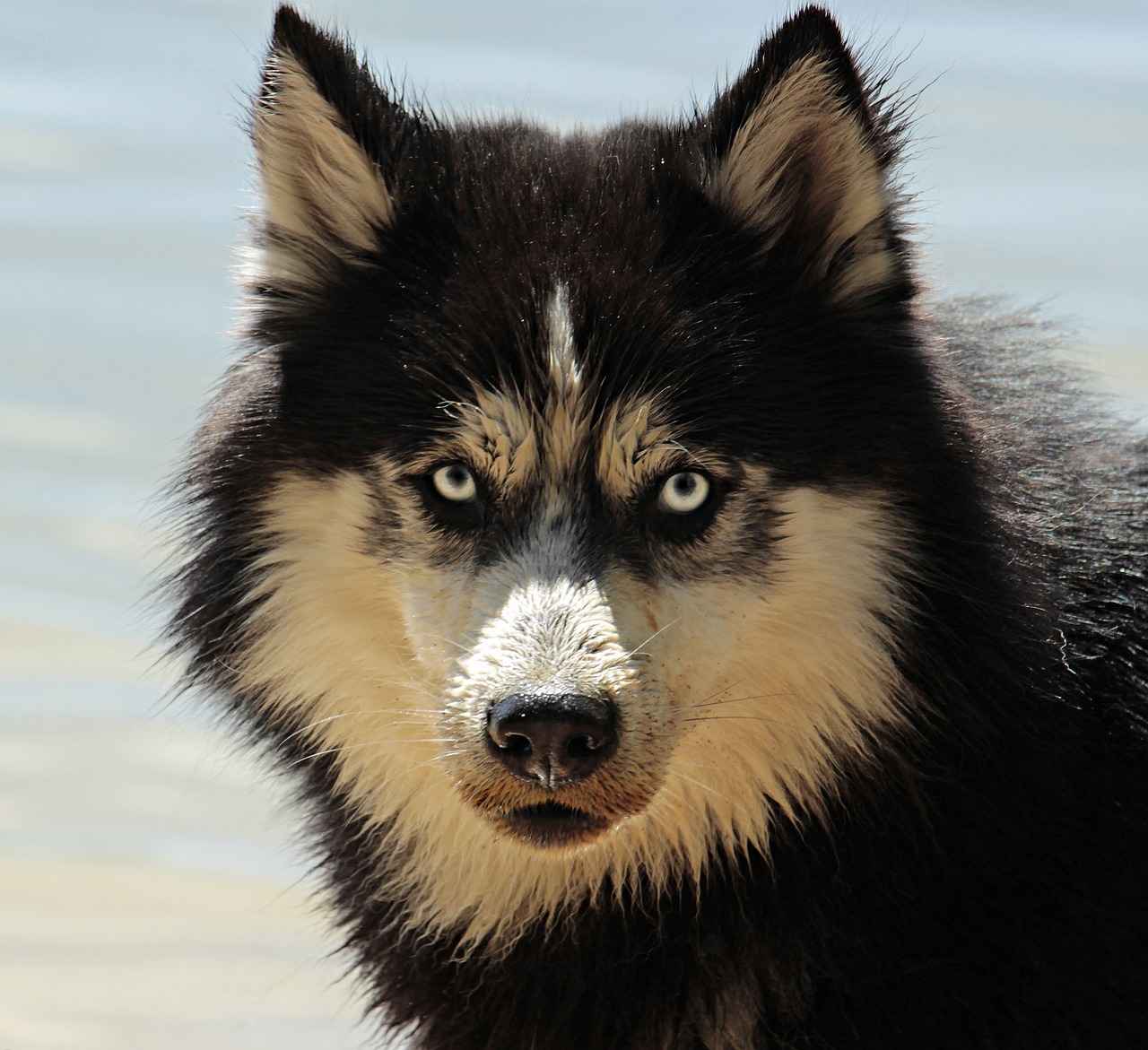
Understanding Bite Statistics and Safety
is crucial for both dog owners and the general public. Dog bites can have serious consequences, and understanding the statistics surrounding them can help mitigate risks and promote responsible ownership.
According to various studies, approximately 4.5 million dog bites occur each year in the United States alone. Of these, around 800,000 require medical attention, highlighting the importance of understanding the risks associated with dog ownership. The majority of these incidents involve children, making it essential for parents and guardians to educate themselves about safe interactions with dogs.
Factors Influencing Dog Bites
- Breed: Certain breeds are statistically more likely to be involved in bite incidents. While it is important to remember that any dog can bite under stress, larger breeds often have more powerful bites.
- Socialization: Dogs that are not properly socialized may exhibit aggressive behavior, leading to bites. Early exposure to various environments and people can reduce this risk.
- Owner Responsibility: Responsible ownership, including training and supervision, plays a significant role in preventing bites. Owners must be aware of their dog’s behavior and intervene when necessary.
Statistics on Dog Bites can provide valuable insights into safety concerns. For instance, a study indicated that male dogs are more likely to bite than females, particularly if they are not neutered. Furthermore, most bites occur during situations where a dog feels threatened or is protecting its territory.
Understanding these statistics is vital for promoting safety in communities. By educating the public about the risks and encouraging responsible pet ownership, we can work towards reducing the number of dog bites and ensuring safer environments for both dogs and people.
In conclusion, while dog bites can be alarming, awareness and education can significantly reduce risks. Emphasizing responsible ownership, proper training, and socialization will foster a safer relationship between dogs and their human companions.
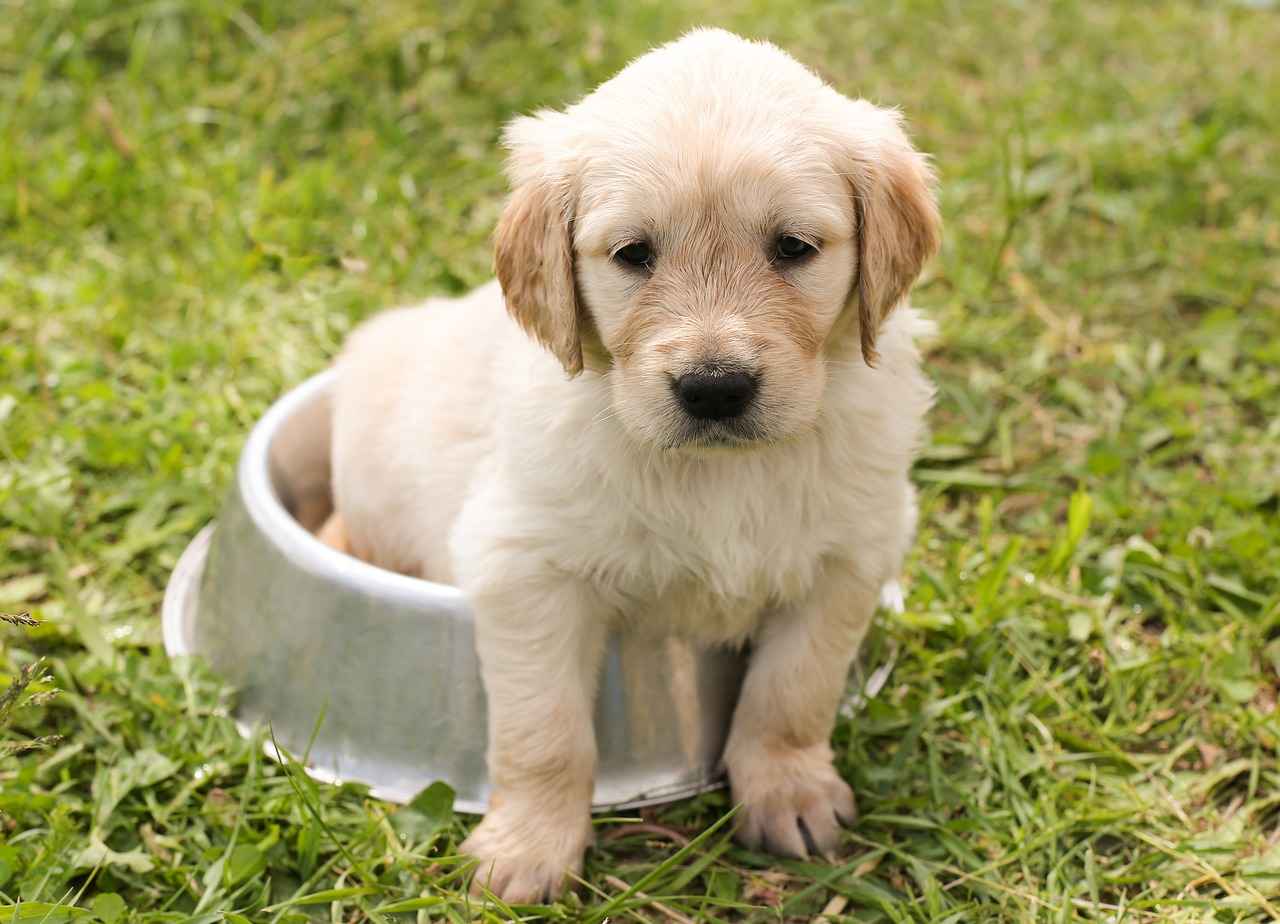
Conclusion: The Balance of Strength and Care
In the world of large dog breeds, the balance between strength and care is crucial for fostering a safe and loving environment for both pets and their owners. While many of these breeds are renowned for their impressive bite force and physical prowess, it is essential to approach ownership with a sense of responsibility and understanding.
Large dog breeds, such as the Kangal and Mastiff, possess bite forces that can be intimidating, reaching up to 743 PSI and 556 PSI, respectively. However, their strength should not overshadow the importance of training and socialization. A well-trained dog, regardless of its size or bite force, is more likely to be a gentle companion and a reliable family member.
Understanding the anatomy and behavior of these breeds aids in establishing a harmonious relationship. For instance, the jaw structure and muscle development play significant roles in a dog’s ability to exert pressure. Owners should educate themselves on these factors to better appreciate their dog’s capabilities and needs.
Moreover, responsible ownership extends beyond just training. It involves providing proper socialization opportunities, regular exercise, and mental stimulation. Engaging with other dogs and people can help mitigate any aggressive tendencies that may arise from fear or anxiety.
Statistics indicate that dog bites can occur in various situations, often due to lack of training or socialization. Therefore, it is vital for owners of large breeds with powerful bites to prioritize these aspects to ensure safety for everyone involved.
In conclusion, while large dog breeds with powerful bites can be impressive, the key to a successful partnership lies in responsible ownership and comprehensive training. By understanding their capabilities and providing the necessary guidance, families can enjoy a harmonious relationship with their canine companions.
Frequently Asked Questions
- Which large dog breed has the strongest bite?
The Kangal is renowned for having the strongest bite force among dog breeds, reaching an astounding 743 PSI. This makes it a formidable protector.
- What factors influence a dog’s bite strength?
Several factors contribute to a dog’s bite strength, including jaw structure, muscle development, and overall size. Breeds with broader jaws and well-developed muscles tend to exert more pressure.
- Are powerful bite breeds safe for families?
Yes, large breeds with powerful bites can be safe for families if they are properly trained and socialized. Responsible ownership and understanding their behavior are key to ensuring a harmonious relationship.
- How can I train a large dog with a strong bite?
Training should focus on positive reinforcement techniques, consistent commands, and early socialization. Engaging in obedience classes can also help manage their strength effectively.
- What is the average bite force of a Mastiff?
Mastiffs have an average bite force of about 556 PSI, making them both gentle giants and powerful guardians of their families.
